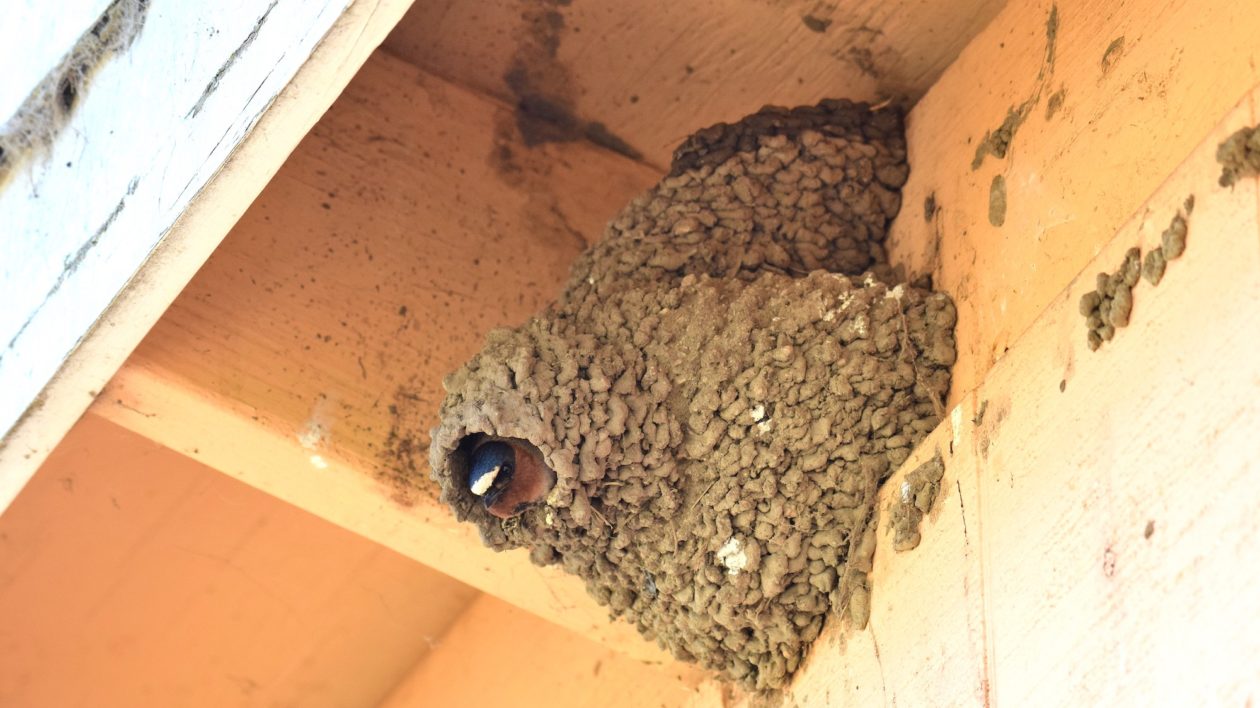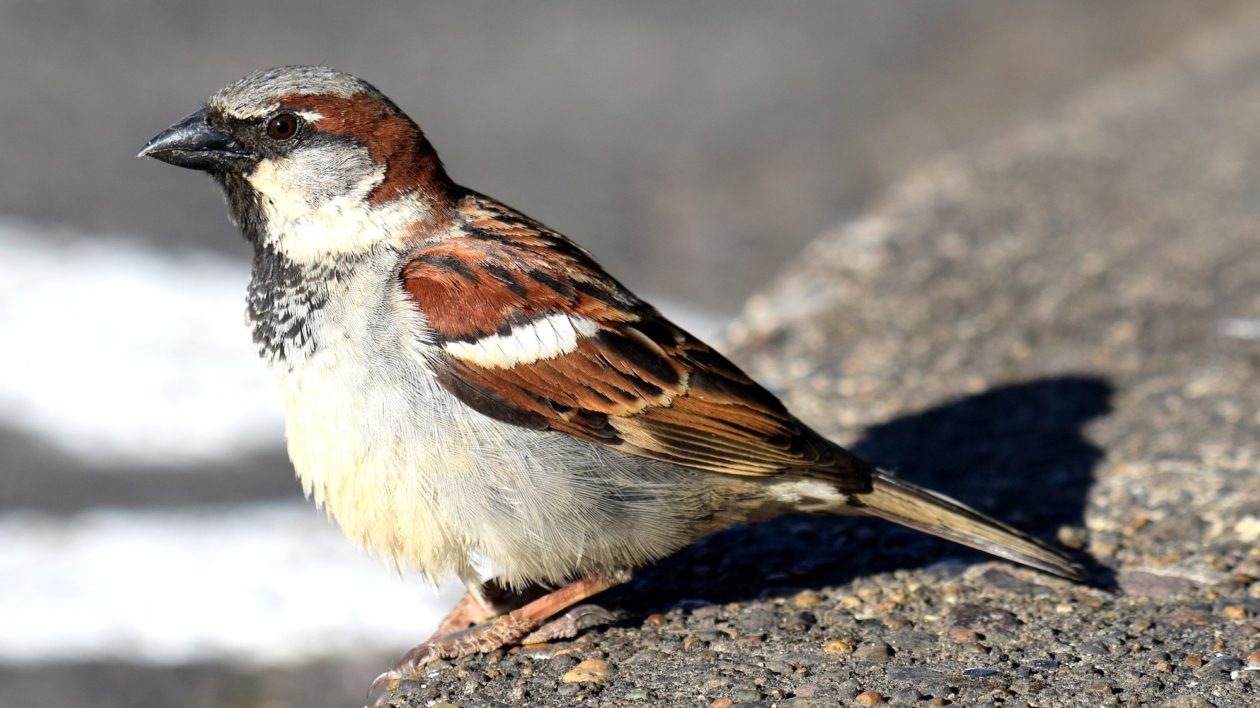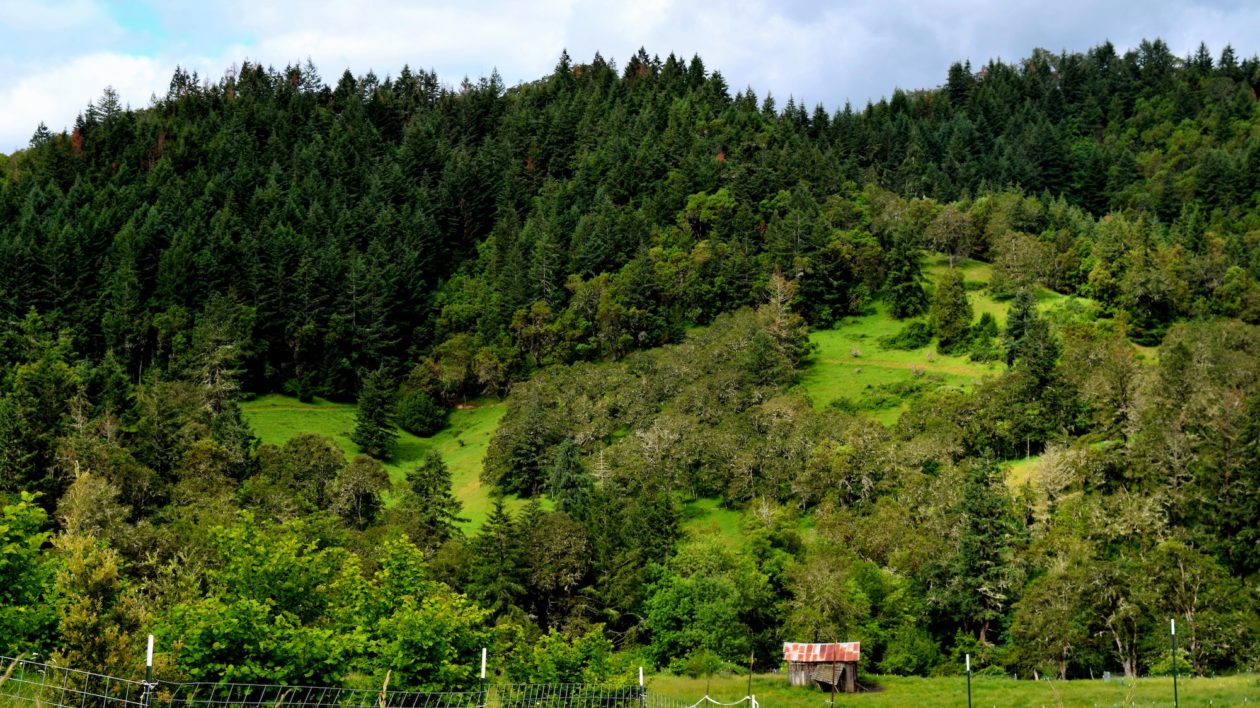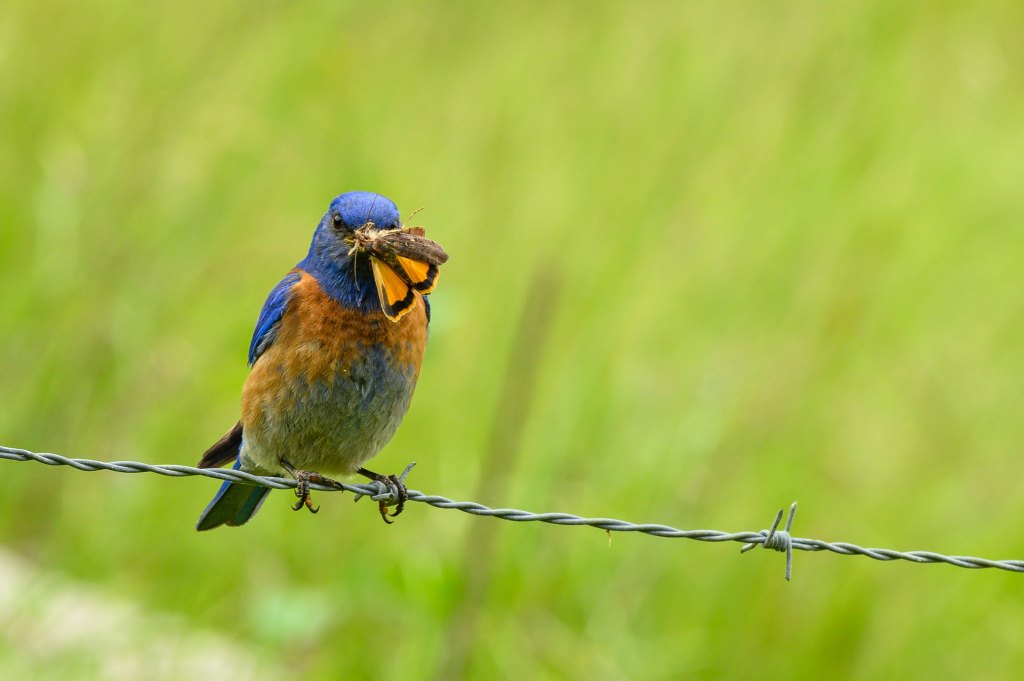Farms might not be the first place you think to go birding, but some farms can house a wide variety of wildlife and be important areas for conservation.
The perception that going to your local farm isn’t going to lead to any lifers or even a list worth posting to eBird is in part correct: intensified farming (think the large corn fields of Iowa) is one of the primary causes of bird declines.
In fact, a recent study estimates that we’ve lost more than 3 billion birds since 1970 in North America alone.
This dramatic loss is not only a concern for conservationists and for birders but also for farmers. Birds provide vital services that benefit crops, such as helping to control pest insects (think swallows) and weeds (think native sparrows) and by providing pollination services (think hummingbirds).

So what types of farms would offer the best birding? To answer this question, we must first understand what types of farms best support wild birds. This latter question was one that I and my coauthors at The Nature Conservancy, Washington State University, and the University of Georgia set out to answer.
To do so, I packed up a Dodge Caravan with my binoculars, some data sheets, a mattress pad, and a few personal belongings and traveled around California, Oregon, and Washington, where I surveyed more than 50 organic farms for birds.
Organic farms don’t use synthetic pesticides, herbicides, or fertilizers; often have a large diversity of crops; and incorporate natural habitats that are known to benefit biodiversity. The farms in our study used organic practices and were highly diversified, meaning that they grew a wide range of crops (more than 100 on some farms) including vegetables, fruits, cereals, oil crops, and many others.

They also often incorporated pollinator habitat, hedges for wildlife and insects, grassland strips, forest, and other semi-natural habitat types. We were interested in one particular practice being used by an innovative group of organic farmers: integration of livestock into crop production, which we hypothesized would increase the abundance and diversity of native birds but also attract a lot of undesirable nonnative birds like European starlings and house sparrows (often called “invasive birds” by birders and conservationists).
Farms that integrate livestock can benefit from additional year-round revenue, attract more customers to their farm, have a natural source of organic fertilizer on-farm that can be hard to find locally, and gain valuable weed control services.
Integration of livestock may also benefit wild birds by providing grassland habitat for foraging and nesting (think northern harriers), addition of livestock barns for structure nesting species (think barn swallows), attract birds to grain feed (think starlings and native blackbirds), and provide additional insect food associated with feces and bodies (think swallows).

To return to the field work, every morning I woke up at daybreak in time for the dawn chorus and recorded the number of birds and the different species that I detected in the different habitats found on farms, including vegetable fields, structures, livestock pastures, hedges, orchards, vineyards, berry fields, and even forest if it was available. These efforts were greatly rewarded. During my 4 summers counting wild birds on these farms, I recorded 18,700 individual birds from 174 species. Among them were adorable fledgling tree swallows, dazzling lazuli buntings, iconic greater roadrunners, majestic golden eagles, and red-listed olive-sided flycatchers.

Using these data, we found that farms with livestock supported a greater abundance and diversity of native birds and a greater abundance of nonnative birds. The addition of native insectivorous birds (birds that primarily feed on insects) has been shown to benefit farmers. These native insectivores can reduce pest insects and reduce the need for expensive and toxic pesticides. For example, western bluebirds have been shown to provide important pest control services to wine grape growers, and birds in Costa Rica can help control coffee pests.
Granivorous species (birds that primarily feed on seeds and grains) can also help farmers control weeds, helping to reduce their dependence on herbicides. “Little brown jobs” or “LBJs” like savannah sparrows can often be found perched on weeds and consuming their seeds. At the same time, increased abundances of nonnative birds (e.g., European starlings, house sparrows) might also cause damage to wildlife, agriculture, and even human health.
For example, nonnative birds can compete with native birds for nesting sites and food resources, potentially depressing their populations and damaging ecosystems. These nonnative species are also well-known crop pests that have been shown to cause large economic losses to fruit and livestock grain. Further, these birds are known to carry pathogens like Salmonella and E. coli that can contaminate food.

There was one main catch to our results. Livestock integration primarily benefited native birds when farms were surrounded by lower amounts of natural habitat. This may be because when farms are surrounded by forest, native birds primarily rely on these areas for their resources, whereas when farms have little natural habitat nearby, native birds rely on the resources provided by the farm itself. Thus, livestock integration primarily benefits native birds on farms in more intensified regions but also may attract pesky nonnative species, including starlings.
The bottom line: if you want to go birding on farms, find a small farm with lots of crops and some hedges or forest. If you’re in an area without a lot of natural habitat, go to a farm with livestock but be prepared to add some starlings to your eBird list. If you’re in an area with a lot of forest, go to a farm with just crops or go for a walk in the forest instead.

Christina Kennedy, Senior Scientist for The Nature Conservancy’s Global Protect Oceans, Lands, and Waters Program also contributed to this blog.




Join the Discussion